Ozempic
Ozempic (generic name: semaglutide) is a medication designed to help control blood sugar levels (hyperglycemia) and also reduce the risk of major adverse cardiovascular events in adults with type 2 diabetes.
Ozempic is a glucagon-like peptide 1 (GLP-1) receptor agonist. GLP-1 is a hormone produced in the gut. It is released in response to food, prompting the release of insulin as well as a reduction in appetite.
In the case of people with type 2 diabetes, it acts to slow digestion and, in this way, stimulates increased production of natural insulin. In this sense, Ozempic does not work like other treatments of diabetes, which provide the required insulin from external sources (injection or oral insulin). Some doctors do treat type 1 diabetes with Ozempic, but this is an off-label use and does not have FDA approval. Read more about off-label prescribing here.
For people who have been classified as overweight or obese, Ozempic may be prescribed as a weight-loss treatment along with appropriate diet controls and exercise. The primary effect of Ozempic in this treatment is as an appetite suppressant.
Special benefits provided by Ozempic
As well as its effectiveness in controlling blood-sugar levels without insulin, Ozempic acts to lower the levels of A1C. The hemoglobin A1C or HbA1c test measures average blood sugar levels over a period of 3 months. It is an effective test for diagnosis of prediabetes and tracking development of diabetes.
In a study of over 1200 adults treated with once-weekly Ozempic, patients that started with an average A1C of 8.1 reached an A1C less than 7 (the target for healthy blood sugar level) after twelve months.
Ozemic also lowers the risk of major events such as heart attack, stroke, or death in people with preconditions of cardiovascular disease.
Ozemic works to reduce appetite and feelings of hunger, which can, along with good diet and exercise programs, induce weight loss and to sustain weight reduction. GLP-1, the key hormone in Ozempic, reduces gastric emptying (the speed at which the stomach empties of food) and blocks production of glucagon, the hormone that instructs the liver to release stored glucose. Both of these will cause a reduction in the need for food intake.
Dosage and Administration
Usually, the dosage starts at 0.25 mg once weekly. After four doses, it will be increased to 0.5 mg each week. Possible further increases may be prescribed by your doctor at the end of each four weeks if the results indicate that higher doses are needed.
Ozempic is self-administered from the supplied kit containing a pre-filled pen with one month’s supply (four doses plus needles). The kit should be kept refrigerated.
It is advisable when you take the first dose to be under supervision, since there have been reports of a very small number of people suffering anaphylactic shock with the first administration of Ozempic. Your doctor or nurse should show you how to self-administer.
Ozempic should be administered once weekly on the same day and at the same time of day, with or without meals. If a dose is missed, administer one within five days of the skipped one, but do not double-dose! Ozempic should be injected just under the skin into the upper thigh, abdomen, or upper arm. Swap injection sites on a four-week cycle so that you are not injecting into the same area each week. At the very least, do not inject closer than 15 centimeters (6 inches) from the previous week’s site.
The FDA has also approved it for prescription to obese adults to help them lose weight. The administration is exactly the same as for diabetic patients. It is not used for the control of type 1 diabetes.
Before injecting, check that the Ozempic pen is clear and doesn’t contain any particles or discoloration. If it does, immediately replace that pen.
Do not share your Ozempic pen with other people, even if the needle has been replaced. The dosage in the pen has been calibrated for your personal requirements. You could also cause or receive a serious infection.
Always take the time to read the manufacturer’s Product Insert that comes with the medication. Not all side effects are listed here. Consult a healthcare provider if you experience any of these or other unexpected effects.
The reported side effects associated with all GLP-1 treatments are:
- Risk of pancreatitis
- Nausea
- Vomiting
- Diarrhea
- Abdominal pain
- Flatulence
- Constipation
Generally, these are mild and should clear within a few weeks of the commencement of treatment. However, if they persist, or worsen, consult with the prescribing physician immediately. You can read more about the possible side effects here.
While it is not known that Ozempic will cause thyroid tumors, consult with the prescribing physician if you have trouble swallowing, hoarseness, shortness of breath, or notice a lump or swelling in your neck. These could be symptoms of thyroid cancer.

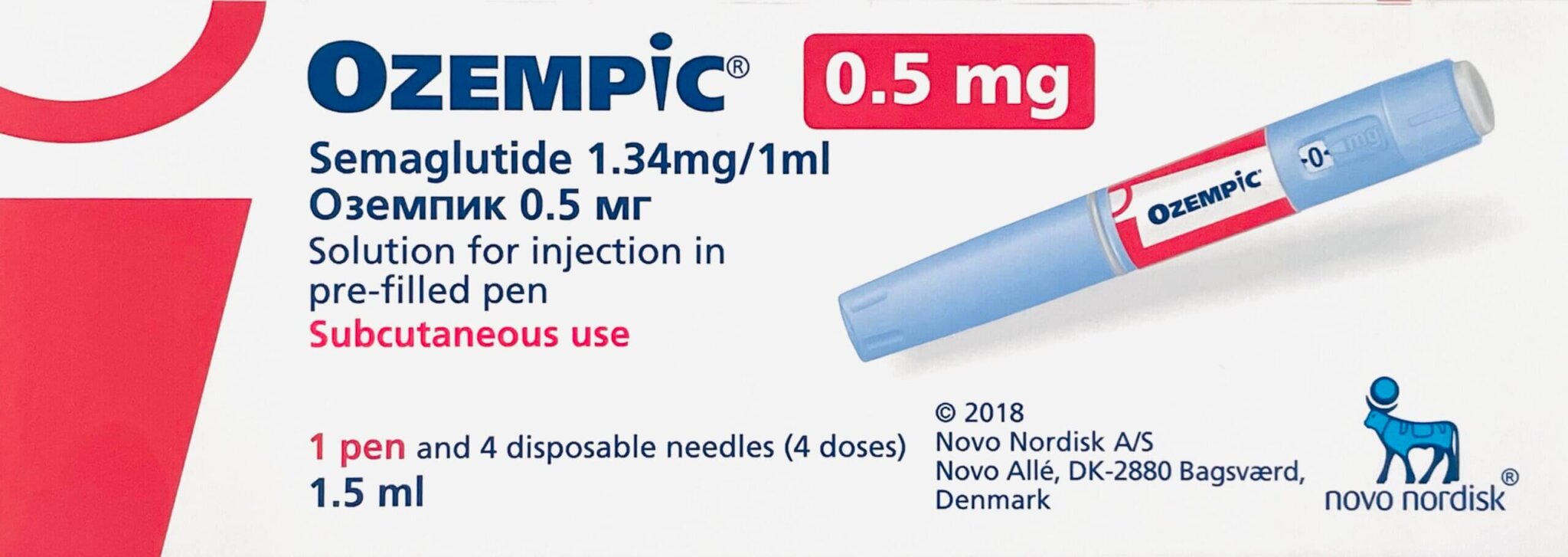



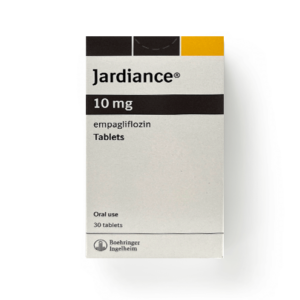
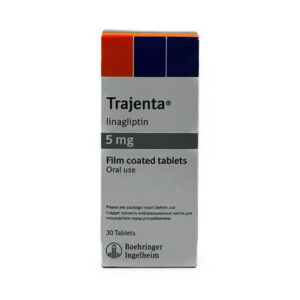
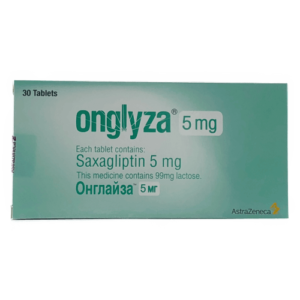
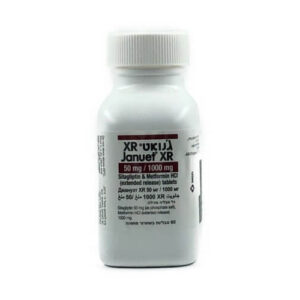
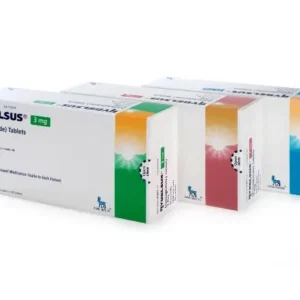
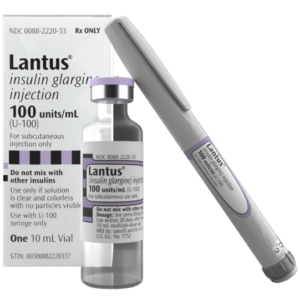
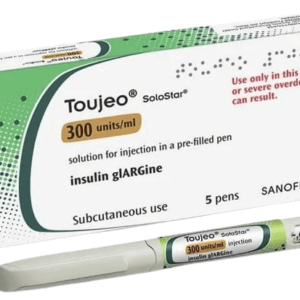
Reviews
There are no reviews yet.